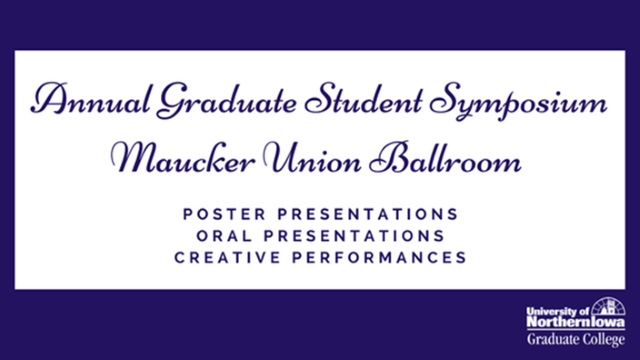
Complete Schedule
Bilingualism in Blended Families: Key Issues and Applications for Parents and Educators
Presentation Type
Oral Presentation (Electronic Copy Not Available)
Keywords
Children--Language; Bilingualism in children;
Abstract
It has been estimated that more than half of the population of the world is bilingual or multilingual. Knowing more than one language can lead to academic and economic advancements as well as help keep family ties intact (Kennedy & Romo, 2013). Research has also shown numerous cognitive and neurological benefits of bilingualism; when matched in age and background factors, bilinguals at all ages demonstrate better executive control than monolinguals, which is central to academic success in children as it helps to maintain high level thought, multi-tasking, and sustained attention (Bialystok, Craik, & Luk, 2012). The authors also claim that bilingualism also helps protect against cognitive decline in older age, which may postpone the onset of symptoms of dementia. Bicultural families potentially provide children with opportunities of exposure to bilingual environments yet children exposed to bilingual environments may not evenly acquire both languages.
This presentation will showcase an overview of relevant Second Language Acquisition literature investigating the language acquisition of children in bilingual families in terms of sociocultural factors that may contribute to the uneven development of one language over another. An understanding of such factors has the potential to provide insights that lead to capitalizing upon the opportunities for bilingualism offered by a family environment rich in more than one language. A compilation of strategies and tips taken from bilingual and multilingual family newsletters will be presented that may help parents and educators better prepare strategies to help maintain children’s blended identities and languages.
Start Date
4-4-2017 1:00 PM
End Date
4-4-2017 4:30 PM
Faculty Advisor
Joyce Milambiling
Department
Department of Languages and Literatures
Copyright
©2017 Brandi Ananzeh
Embargo Date
4-4-2017
Bilingualism in Blended Families: Key Issues and Applications for Parents and Educators
It has been estimated that more than half of the population of the world is bilingual or multilingual. Knowing more than one language can lead to academic and economic advancements as well as help keep family ties intact (Kennedy & Romo, 2013). Research has also shown numerous cognitive and neurological benefits of bilingualism; when matched in age and background factors, bilinguals at all ages demonstrate better executive control than monolinguals, which is central to academic success in children as it helps to maintain high level thought, multi-tasking, and sustained attention (Bialystok, Craik, & Luk, 2012). The authors also claim that bilingualism also helps protect against cognitive decline in older age, which may postpone the onset of symptoms of dementia. Bicultural families potentially provide children with opportunities of exposure to bilingual environments yet children exposed to bilingual environments may not evenly acquire both languages.
This presentation will showcase an overview of relevant Second Language Acquisition literature investigating the language acquisition of children in bilingual families in terms of sociocultural factors that may contribute to the uneven development of one language over another. An understanding of such factors has the potential to provide insights that lead to capitalizing upon the opportunities for bilingualism offered by a family environment rich in more than one language. A compilation of strategies and tips taken from bilingual and multilingual family newsletters will be presented that may help parents and educators better prepare strategies to help maintain children’s blended identities and languages.



Comments
Location: Maucker Union State College Room